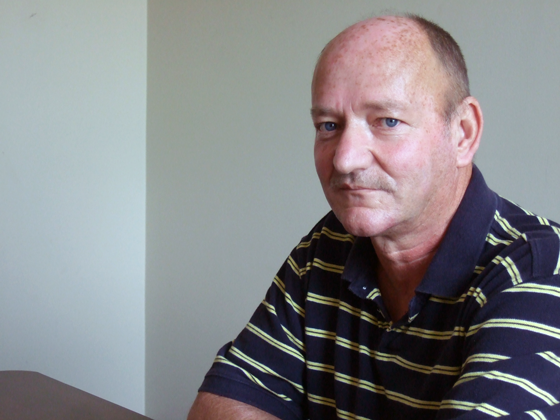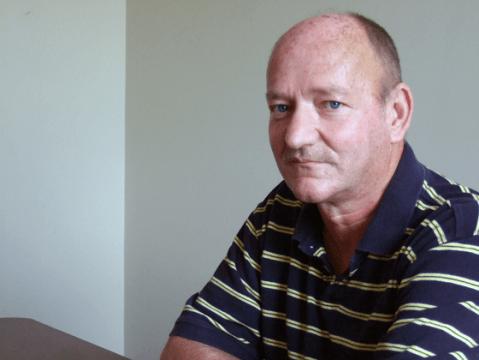Tony W. had no income, no health insurance, and an AIDS diagnosis, along with other major medical problems, when he was referred to Living Room Inc. earlier this year.
At the time, he was living in Sharpsburg with his mother, having lost his nearby rental home. But Tony, 50, needed to be close to his regular medical appointments at Grady’s Infectious Disease Program in Atlanta, and he had no transportation.
Living Room, an Atlanta nonprofit, placed him at The Edgewood, an independent, private residence for people with HIV and AIDS. Living Room paid Tony’s first month’s rent there. He has been living at the Atlanta residence since, visiting the Grady clinic at least twice a week.
Without that housing connection, Tony says, “I wouldn’t have a place to live. I’d probably be on the streets.’’
Each year, Living Room helps more than 1,000 people with HIV or AIDS in the Atlanta area find or maintain housing. Founded by a Catholic nun in 1995, Living Room is a one-stop shop for people living with those conditions who have housing needs. It’s Georgia’s largest provider of housing services for people with HIV or AIDS.
The organization features several programs. Some clients receive a first month’s rent and security deposit, while others get financial assistance to remain in their own homes. Clients discharged from a hospital may get an emergency place to live.
Also available are long-term rental subsidies for families, and special-needs housing for homeless adults who have mental health or addiction problems.
Living Room has a waiting list. “There’s an overwhelming demand for the services we provide,’’ says Dolph Goldenburg, Living Room’s executive director.
Housing is a crucial part of survival for people with HIV. “Without housing, people living with HIV or AIDS have a higher mortality rate,’’ Goldenburg says.
A home gives patients a place to store the medications that keep them alive, as well as a place to recuperate and to prepare and receive regular meals. And simply having a home address is important for finding employment.
“In order for medical treatment to be successful, they first have to have a roof over their heads,’’ Goldenburg says.
An estimated 10 percent of homeless people have HIV, he adds.
More than 40,000 people are living with HIV or AIDS in Georgia. Some programs for these patients, though, have seen major problems recently.
Due to a funding shortfall, the state prescription drug assistance program for low-income HIV and AIDS patients has a waiting list that started last year and now has grown to more than 1,700 names.
And the AJC reported over the weekend that dozens of patients have been put at risk of losing their health insurance because of paperwork errors at the Georgia Department of Public Health.
Goldenburg, meanwhile, says he’s concerned about the possible effect of future federal budget cuts on his program.
Living Room, with a budget of close to $2 million, gets funded by federal money, Community Foundation for Greater Atlanta grants, the Atlanta AIDS Partnership Fund, AIDS United, other private foundations, individual donors, and local government entities including City of Atlanta, Fulton County and DeKalb County.
Living Room plans to expand in the fall to the Rome and Dalton areas, where no such housing services for people with HIV or AIDS exist, and where there are 1,100 patients needing help, Goldenburg says.
The organization itself doesn’t own any of the housing. “Our core competency is getting people into housing and keeping them there,’’ Goldenburg says.
Since 1995, Living Room has helped more than 21,000 clients with their housing needs.
Larry Lehman, executive director of AID Gwinnett, an advocacy organization, says Living Room “is a phenomenal asset to our community. They take the lead on looking at housing issues.’’
“People have got to be stabilized with some form of housing,’’ Lehman says


